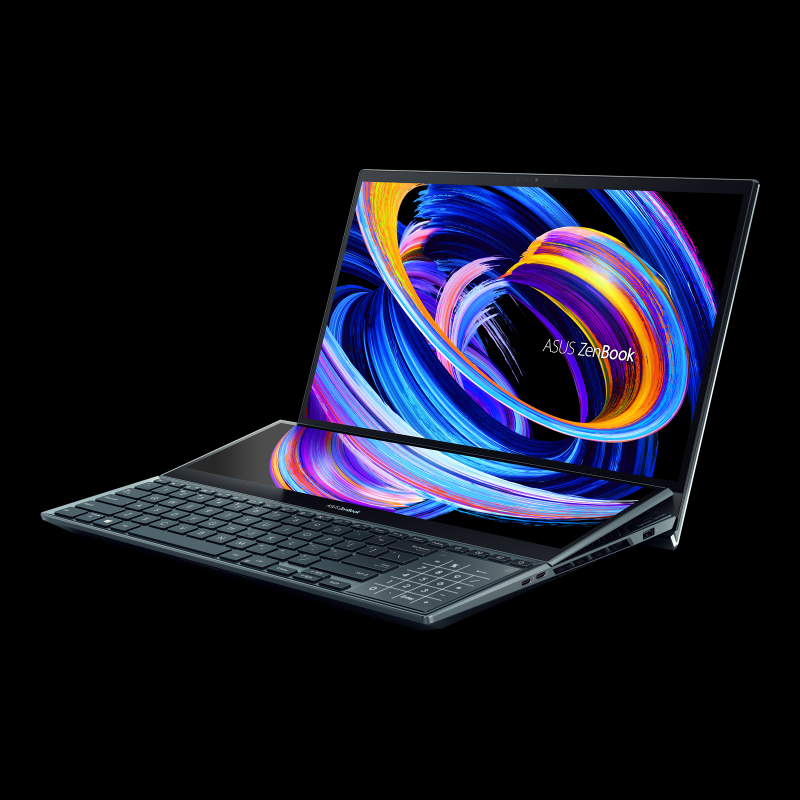LG to Introduce Ultra-large OLED TV
LG is not only competing with Samsung’s (005930.KS) Micro-LED TVs, as we noted yesterday, but also with its own micro-LED TV brand, so despite the high price, it is necessary for LG to offer such large size OLED models, which, while certainly expensive compared to smaller OLED TV models, are less expensive than the micro-LED offerings by both vendors. While few consumers can afford the high price tag, such large OLED TVs can be used in commercial settings where the high contrast and color quality are essential to product presentation. Save those pennies.













 RSS Feed
RSS Feed